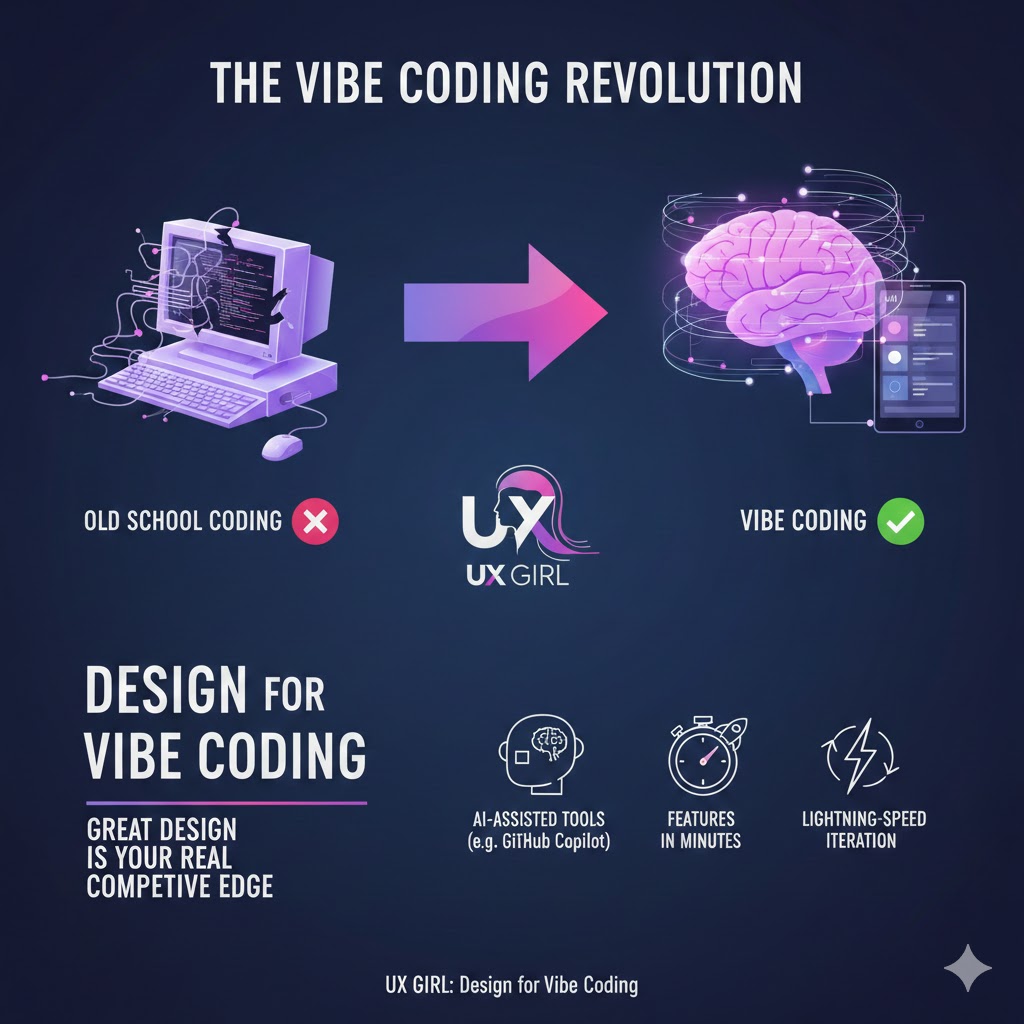At UX GIRL, we believe that every innovative idea needs a strong foundation—built not only on assumptions, but on real user needs. That’s why we were thrilled to support the Oncostories project through the Garage Genius program by leading a tailored Product Discovery workshop for its founder.
Oncostories is an emerging platform designed to connect individuals with oncology experience—patients, survivors, and caregivers—with oncologists. Its mission is to bridge communication gaps, provide access to empathetic dialogue, and make room for voices often unheard in the traditional healthcare system. From our first conversation, we knew this project had tremendous social potential.

Why We Started with Product Discovery
Our collaboration with Małgorzata (Margaret) Lisowska, the project’s founder, began with a Product Discovery workshop—a strategic process we treat as a critical starting point at UX GIRL. It's the moment where we pause and ask:
- Who are we building this for?
- What real-life problems do they face?
- Which solutions will bring the most value—and which are just “nice to have”?
During these sessions, our team:
- explores deep user needs and context,
- maps out user journeys and pain points,
- generates solution ideas based on insights,
- prioritizes features and actions that truly matter.
The workshop was led by our UX strategists Magdalena Ostoja-Chyżyńska and Anna W., with fantastic support from Garage Genius mentors, including Zuzanna Kot, and Adam Dawidziuk, a medical industry expert who brought valuable clinical perspective. Strategic guidance was also provided by Mateusz Pawelec, who helped shape the broader development path of the project.

Inside the Workshop: Co-Creating with Purpose
Throughout the workshop, we defined key personas, mapped end-to-end experiences, and crafted feature concepts aligned with emotional and functional user needs. One major insight emerged around communication barriers—particularly the emotional disconnect that many patients feel when navigating medical systems.
This led to a crucial shift: reimagining one of the platform’s core features to focus not only on knowledge exchange, but on enabling meaningful two-way interaction. These kinds of pivots are only possible when we anchor design decisions in real user insights.
And it's worth it. According to Nielsen Norman Group, up to 50% of project budgets are wasted on features that don’t align with user needs. Discovery helps us avoid that path—and build products with real impact.
What We Gained—And What Comes Next
Thanks to Product Discovery, Oncostories gained strategic clarity and a prioritized development roadmap grounded in empathy, feasibility, and business relevance. For us at UX GIRL, this is the kind of transformation we love to see: a strong idea shaped by real-world context and driven by authentic user understanding.
This experience also reminds us of a key message for all changemakers: engage UX experts early. The earlier we understand your users, the better and faster we can move forward—with fewer missteps and more confident decisions.
Oncostories is growing quickly, and we’re proud to have helped it take shape. We’re rooting for its continued success and watching its next steps with excitement.
Have a Vision for Change? Start with UX.
If you’re building a socially impactful, technological, or educational solution—reach out. At UX GIRL, we know how to turn empathy into strategy and ideas into action. Let’s co-create something meaningful, together.





.jpg)
.svg)

.jpg)
.jpg)








